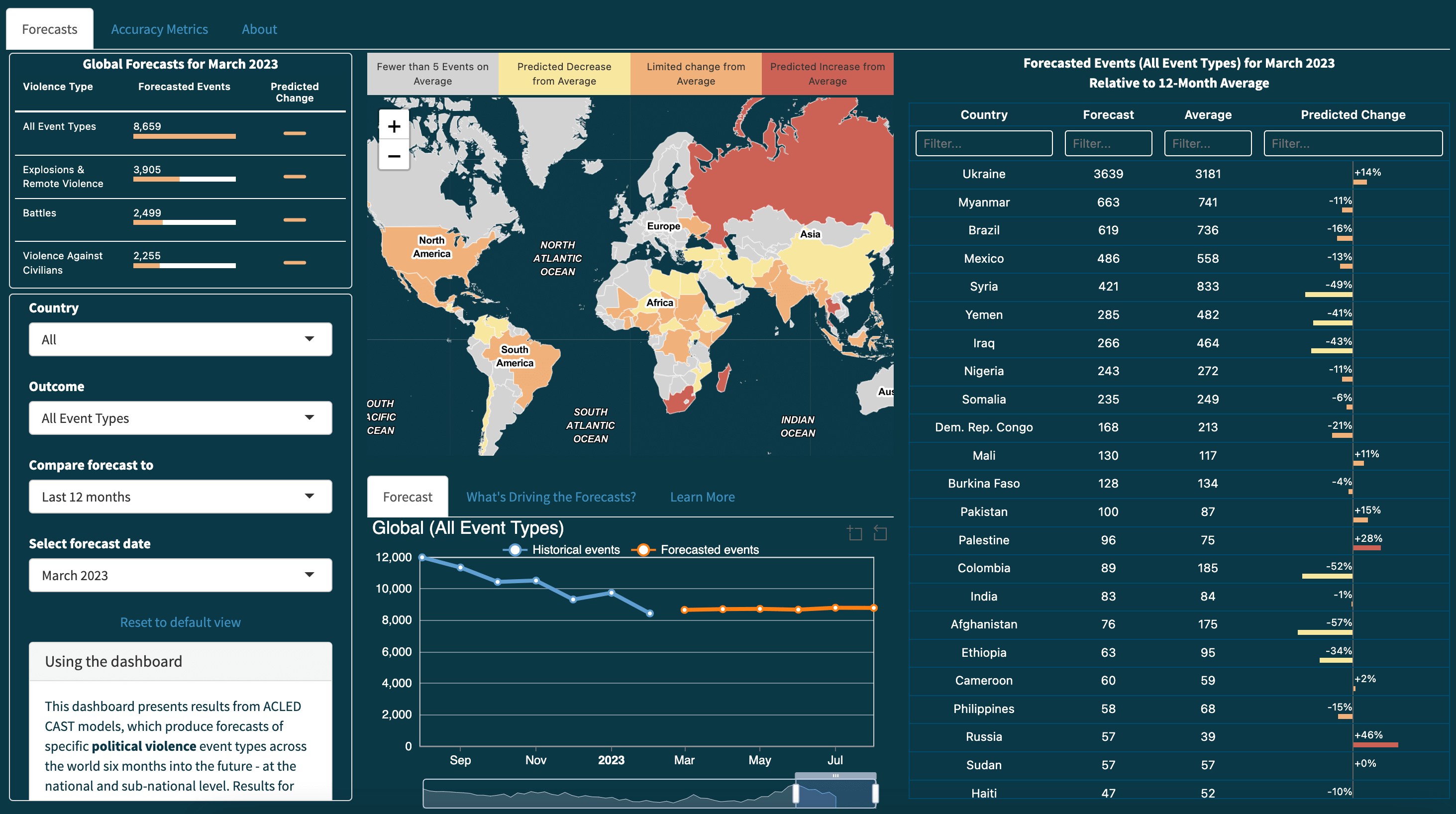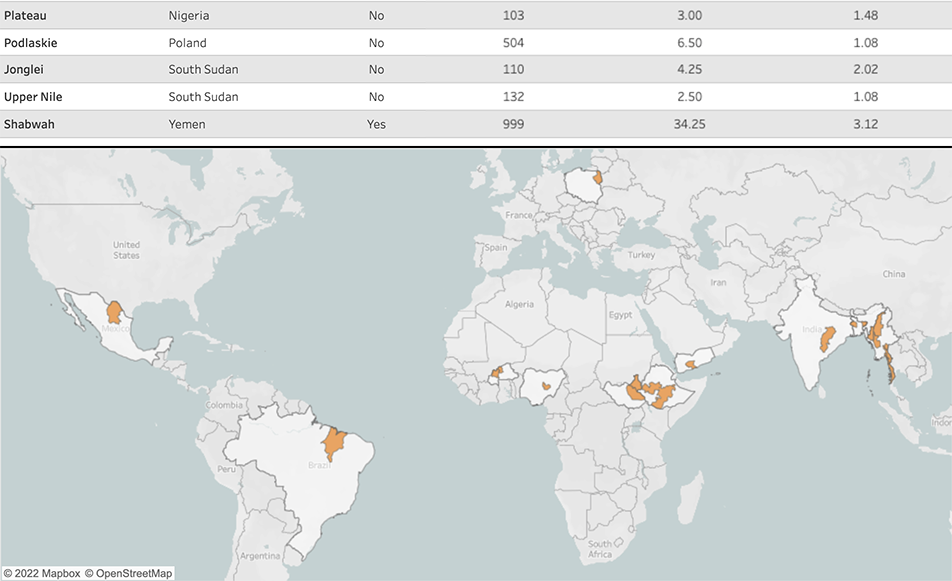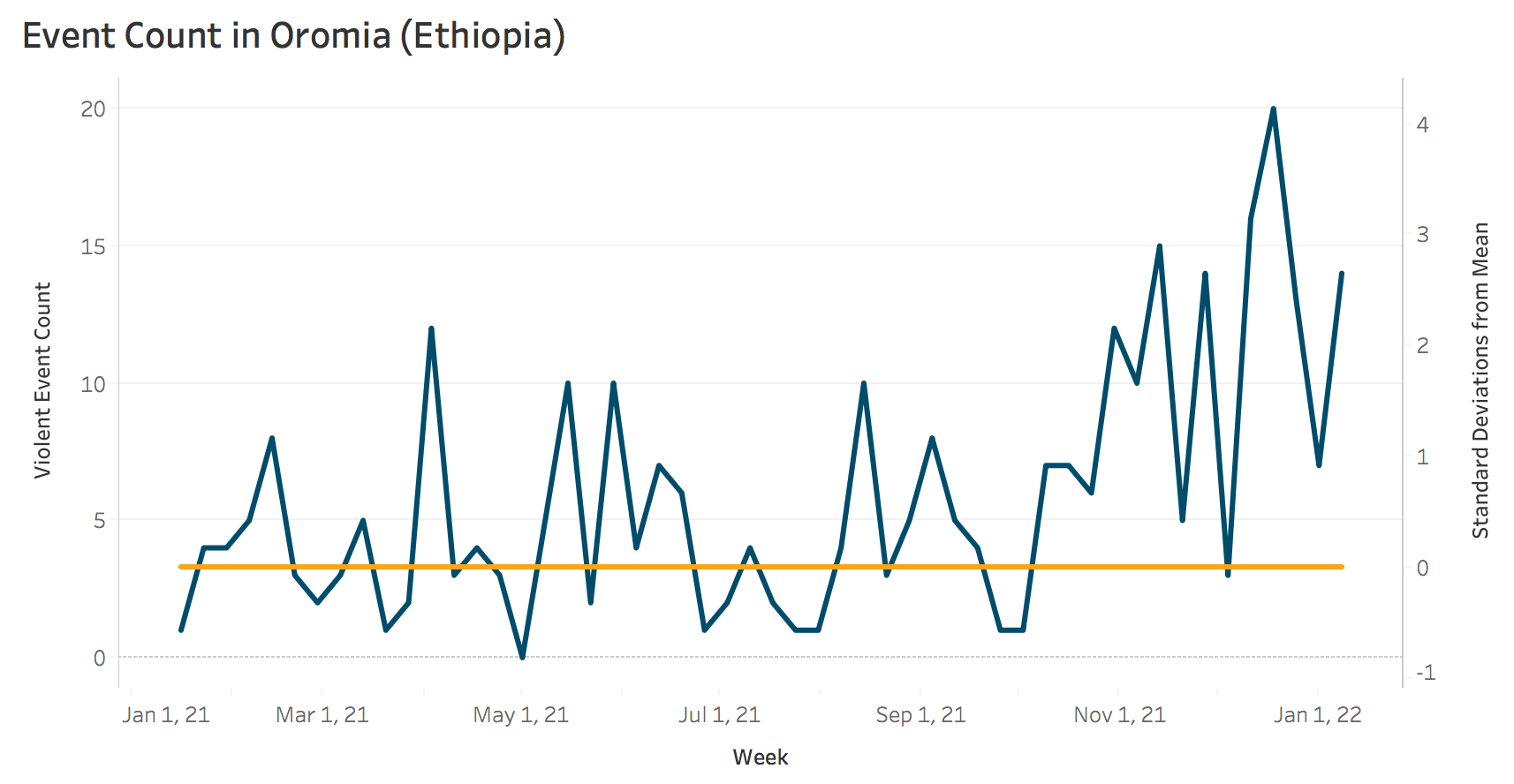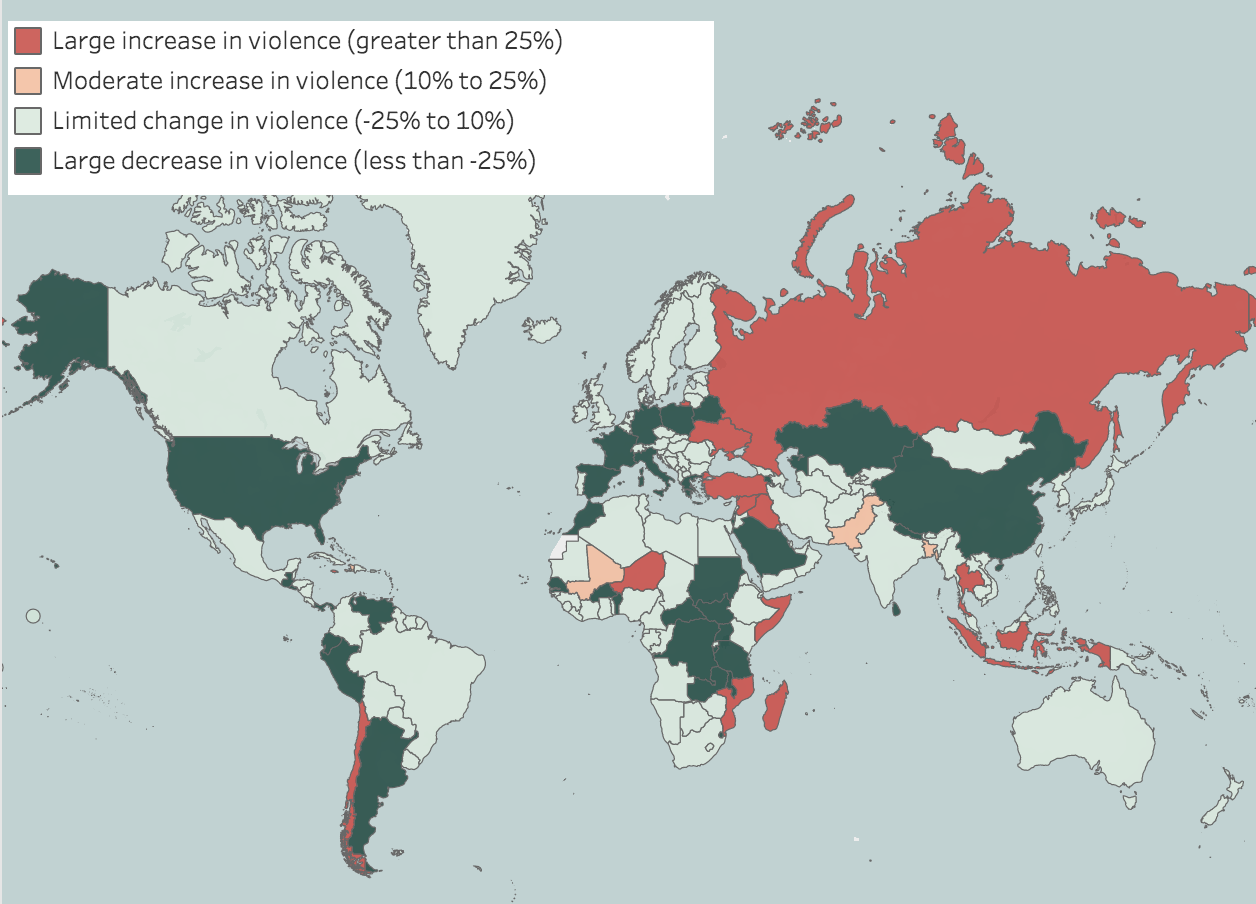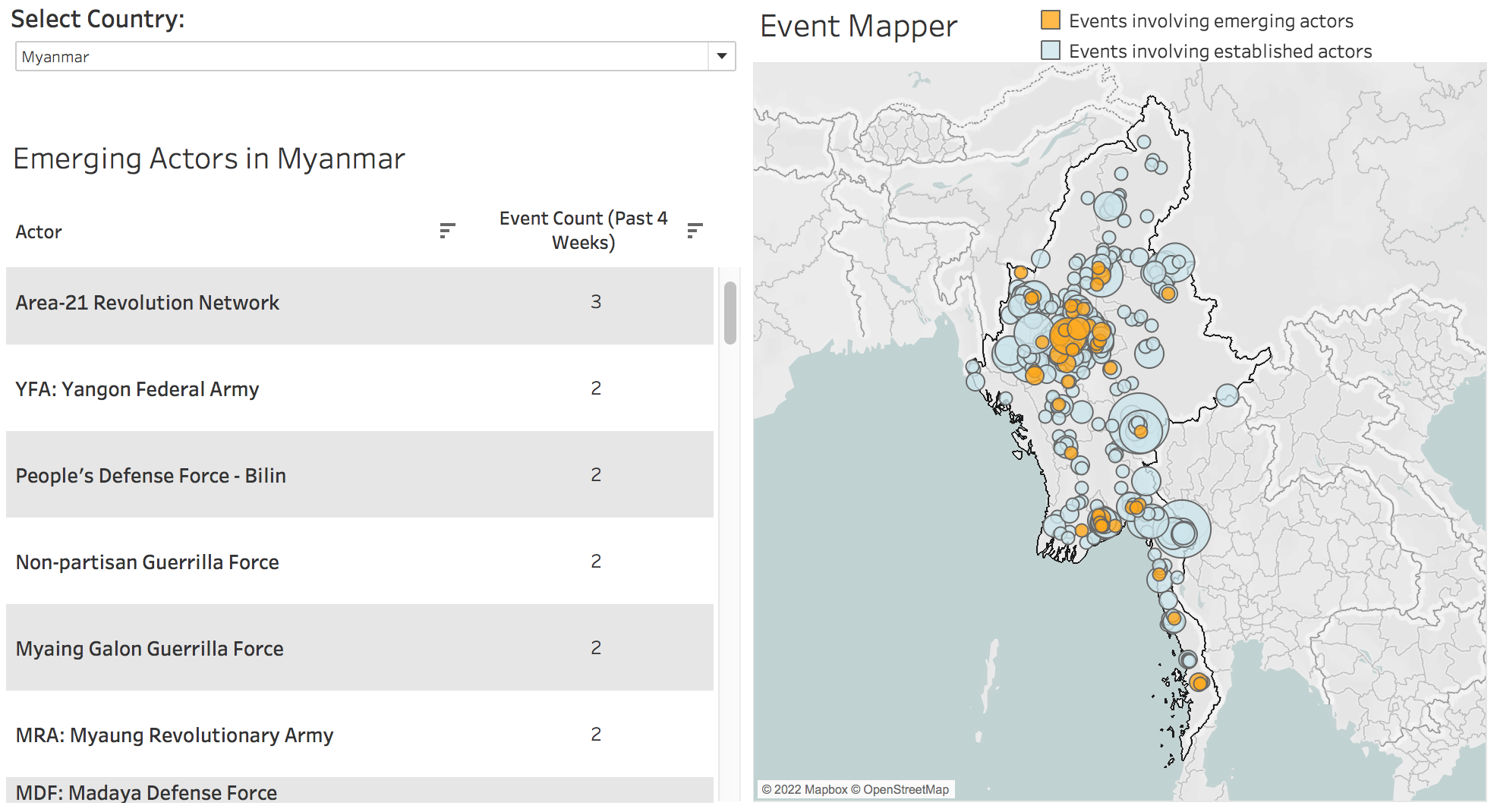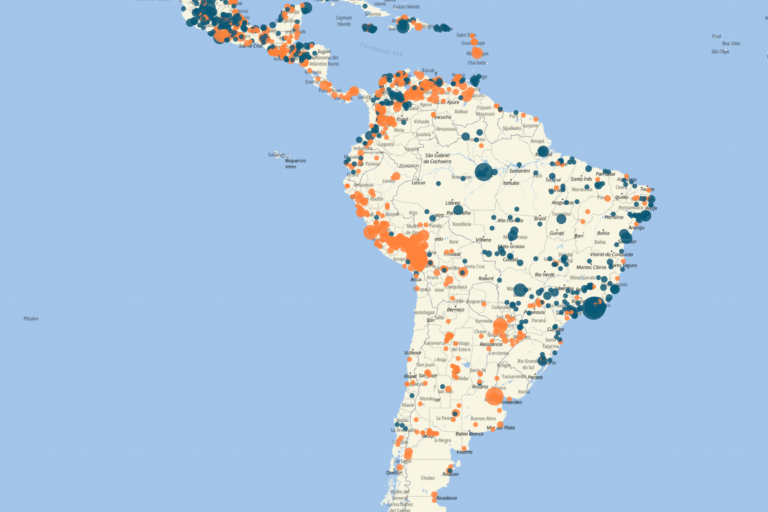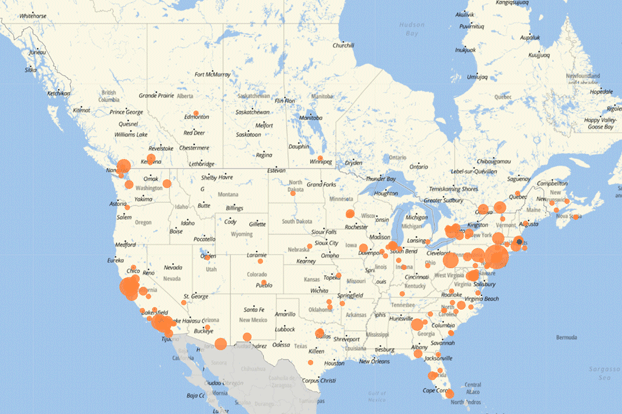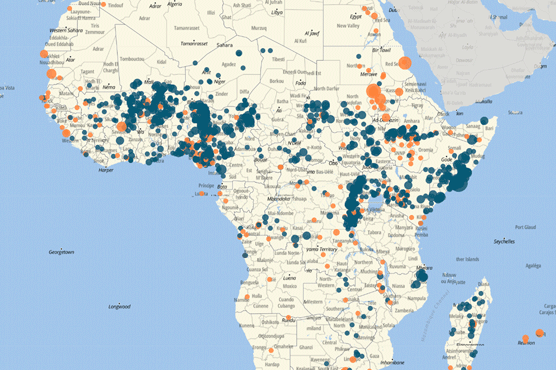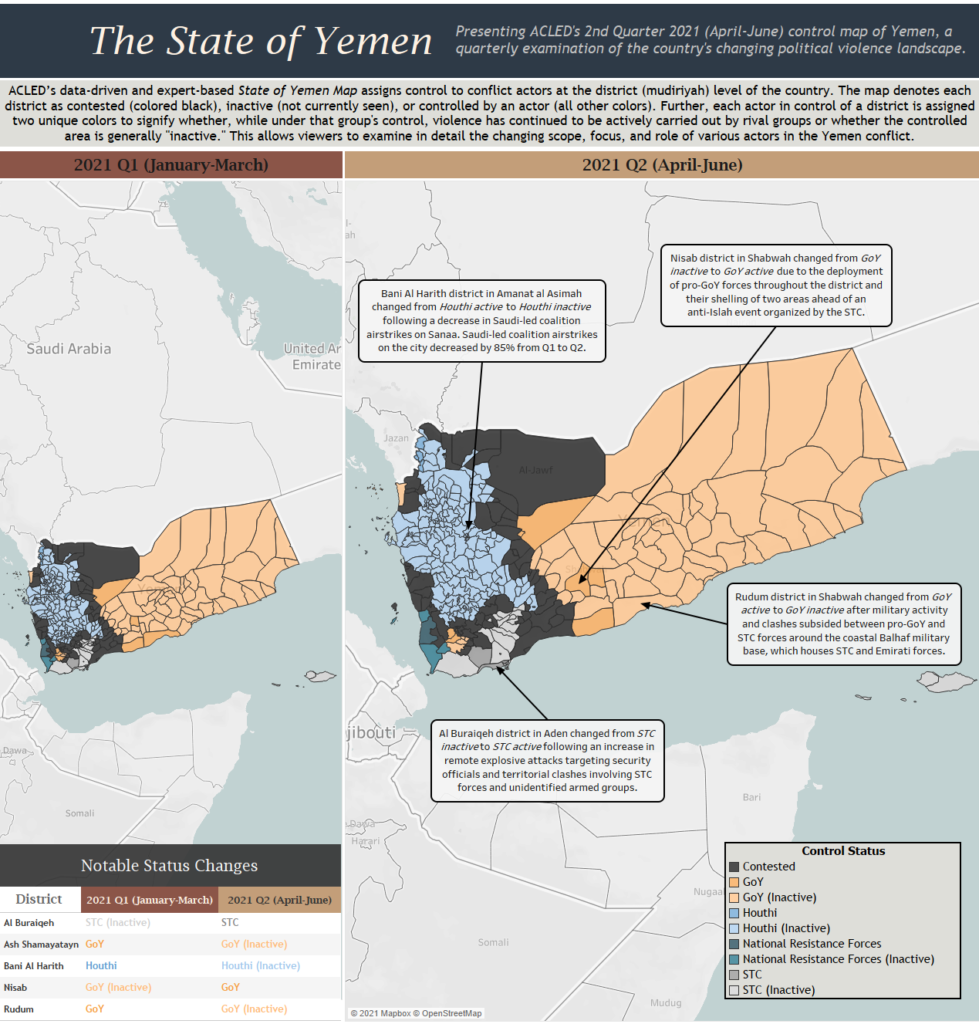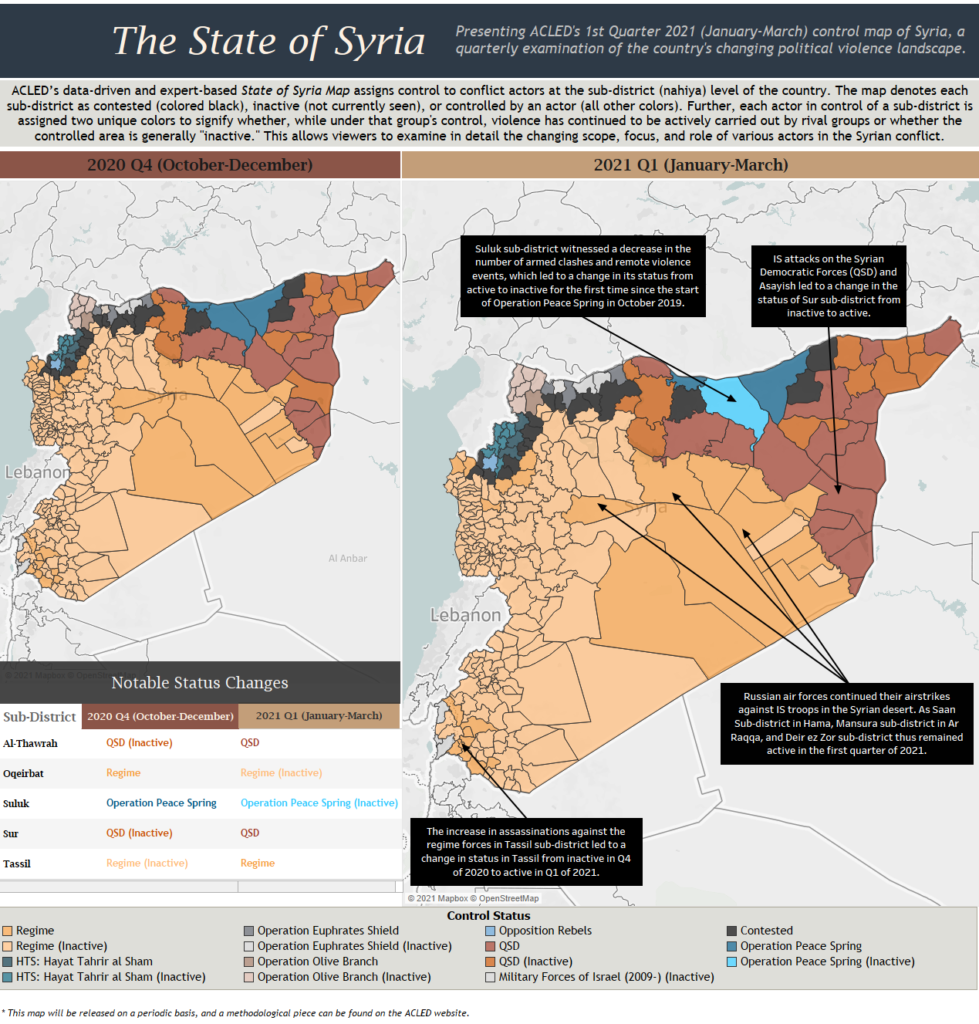ACLED
Early Warning & Forecasting
Early Warning
& Forecasting Tools
Overview
ACLED’s Early Warning & Forecasting Hub provides a suite of interactive resources aimed at supporting data-driven initiatives to anticipate and respond to emerging crises.
FEATURED
Conflict Alert System (CAST)
ACLED CAST is a new conflict forecasting tool that predicts political violence events up to six months in the future for every country in the world. Updated predictions are released each month for the following six months, alongside accuracy metrics for previous forecasts.
Early Warning/Early Action Tools
The risks of rising political violence, and the early warning signs to predict these risks, are multifaceted — no single tool can identify every threat. By offering an array of interactive and interconnected tools, the Early Warning Research Hub allows users to track a variety of different risk factors, across a range of contexts, in a way that meets their distinct needs. From practitioners mapping conflict trends in a specific country or region, to global researchers looking for a pipeline of tools to identify new hotspots to monitor each week, the Hub has the necessary resources to forecast violent conflict — all in one place.
Subnational Threat & Surge Trackers
Tools for tracking and mapping subnational conflict spikes.
Use to: Assess local-level violence patterns
Volatility & Risk Predictability Index
An index for monitoring rates of positive deviations from baseline violence levels to track the frequency and intensity of conflict surges.
Use to: Assess subnational (in)stability and change
Conflict Change Map
A global mapping tool that identifies countries at risk of rising political violence based on changes in conflict rates.
Use to: Track shifts in country-level conflict trends
Emerging Actor Tracker
A tool for tracking the presence of new and re-emergent non-state actors within countries over the past month.
Use to: Monitor the proliferation of new actors in order to evaluate the risk emerging groups pose to civilians
Contextualizing Early Warning Data
Regional Overviews
Use our monthly data-driven analysis briefs to better understand the factors driving ongoing disorder trends, and to contextualize the latest conflict developments across regions.
Territorial Mapping Initiatives
Our mapping initiatives chart territorial control and contestation over time, allowing users to examine the changing scope, focus, and role of key conflict actors.


